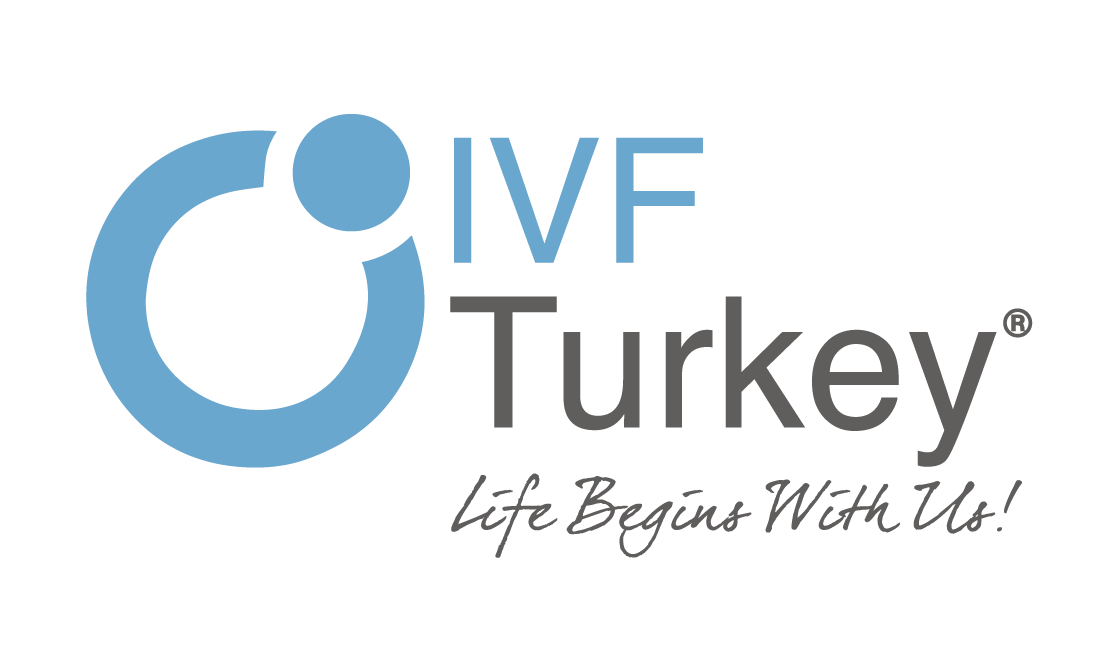Can I Have More Than One Child from the Same Donor Embryo Batch?


Yes, If there are multiple embryos available from the same donation, you may have the opportunity to use them for subsequent pregnancies, allowing for full genetic siblings. This depends on the number of embryos donated and the success of the first transfer.
When considering the use of donor embryos for starting or growing your family, one common question that arises is whether it’s possible to have more than one child from the same donor embryo batch. This possibility offers an opportunity to have genetically related siblings, which is a significant consideration for many prospective parents. In this article, we will explore how donor embryo batches work, the factors that affect the likelihood of having more than one child from the same batch, and what you need to know to make an informed decision.
Understanding Donor Embryo Batches
A donor embryo batch typically consists of multiple embryos created from the same set of donor eggs and sperm. These embryos are often the result of IVF treatments where a couple has decided to donate their remaining embryos after successfully completing their own family. These batches can vary in size, ranging from just a couple of embryos to a larger group, depending on how many embryos were created and frozen.
How Does the Process Work?
-
Selection of Donor Embryos:
- When you choose to use donor embryos, you will often be matched with a batch of embryos that are available for donation. The matching process may consider factors such as the medical history of the donors, physical characteristics, and genetic background. Once matched, you will be informed of the number of embryos in the batch.
-
Embryo Transfer:
- Typically, one or two embryos from the batch are thawed and transferred to your uterus in a single cycle. The remaining embryos, if any, are kept frozen for potential future use.
-
Future Use of Remaining Embryos:
- If you have embryos remaining after a successful pregnancy, they can be stored for future use. This means you can attempt another pregnancy using the same donor embryo batch, offering the possibility of having full genetic siblings.
Factors Influencing the Possibility of Having Multiple Children
-
Number of Embryos in the Batch:
- The more embryos available in the batch, the higher the likelihood of having more than one child. If only one or two embryos are available, your chances are limited, but with a larger batch, you may have multiple opportunities for embryo transfers.
-
Success of the First Pregnancy:
- If the first embryo transfer results in a successful pregnancy and birth, you may still have remaining embryos from the batch for future use. However, if multiple embryos are used in the first transfer attempt, or if additional attempts are required, this could reduce the number of embryos available for subsequent pregnancies.
-
Quality of the Embryos:
- The quality of the embryos plays a significant role in the success of the transfers. Higher-quality embryos are more likely to result in successful pregnancies, potentially leaving more embryos from the batch available for future use.
-
Cryopreservation and Thawing:
- The process of freezing (cryopreservation) and later thawing embryos can affect their viability. While modern freezing techniques like vitrification have improved survival rates, there is still a small risk that not all embryos will survive the thawing process.
Advantages of Having Children from the Same Donor Embryo Batch
-
Genetic Siblings:
- One of the primary benefits is the opportunity to have full genetic siblings. For many families, having children who are genetically related can strengthen the bond between siblings and provide a sense of continuity within the family.
-
Emotional and Psychological Benefits:
- Knowing that your children share the same genetic background can offer emotional reassurance and a greater sense of family unity. This can be particularly important for parents who have used donor embryos and may be concerned about the genetic differences between themselves and their children.
-
Simplified Decision-Making:
- If you have remaining embryos from the same batch, the decision to expand your family can be more straightforward, as you won’t need to go through the matching process again. This can also save time and reduce stress when planning for another child.
Considerations and Challenges
-
Availability of Remaining Embryos:
- If you are considering having more than one child from the same donor embryo batch, it’s important to plan ahead. Discuss with your fertility clinic the number of embryos available and their quality, so you have a clear understanding of your options.
-
Cost Considerations:
- While using remaining embryos from the same batch can be less expensive than starting a new donor embryo cycle, there are still costs associated with embryo storage, thawing, and transfer procedures. Ensure you are financially prepared for these additional costs.
-
Emotional Preparedness:
- The decision to use donor embryos, and potentially have multiple children from the same batch, can be emotionally complex. It’s important to consider how you and your partner feel about the process, the potential outcomes, and how you will discuss the children’s genetic origins with them in the future.
Conclusion
Having more than one child from the same donor embryo batch is a possibility that many families consider. It offers the opportunity to have full genetic siblings, which can be emotionally and psychologically meaningful. However, the ability to do so depends on factors like the number of embryos in the batch, the success of the initial pregnancy, and the quality of the embryos. By understanding these factors and working closely with your fertility clinic, you can make informed decisions about expanding your family using donor embryos.
For more information please contact us.



